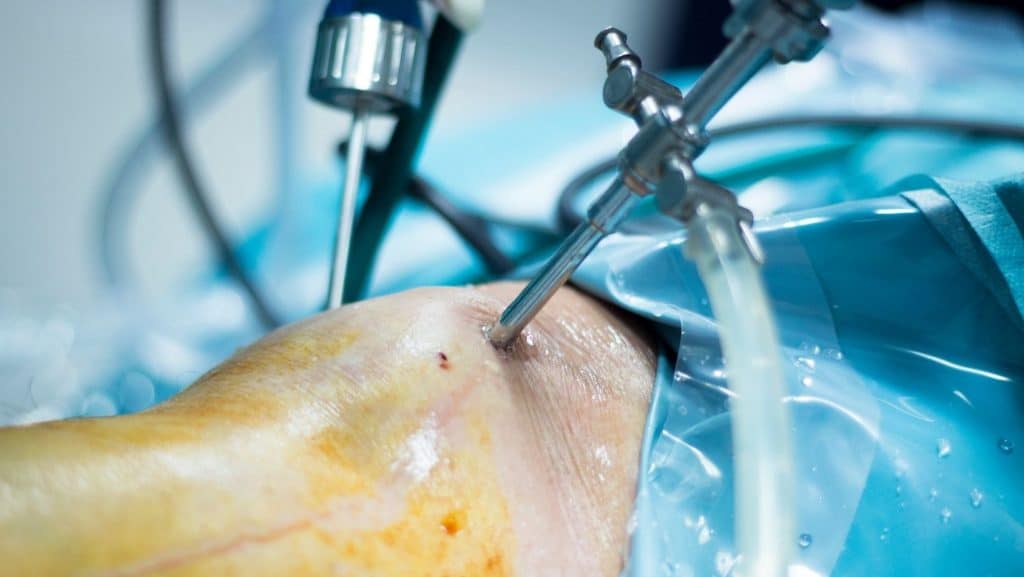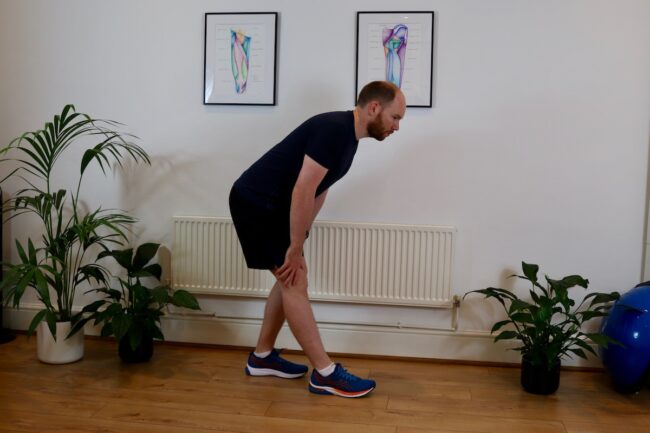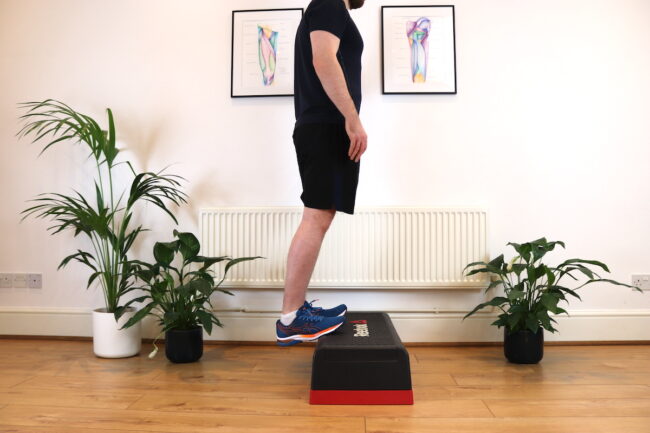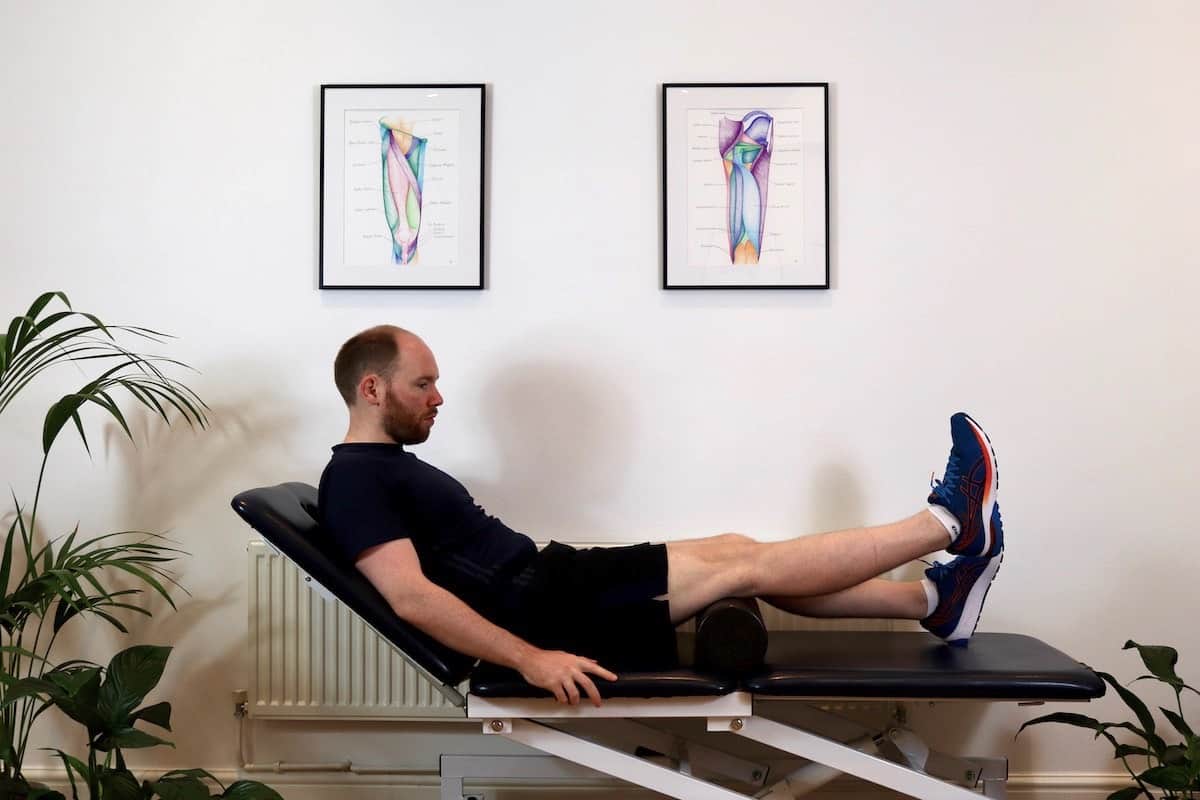PCL Tear Symptoms, Causes and Diagnosis
Read More >
The posterior cruciate ligament (PCL) is the strongest ligament of the knee, and one of the 4 main stabilising ligaments of this joint. The PCL connects the femur to the tibia in the middle of the knee joint, the angle of the attachment is backwards from the femur to the tibia. This orientation ensures the restriction of posterior translation of the tibia in relation to the femur, which is the main action of the PCL. Injury to the PCL can vary from a minor sprain of the knee to a complete rupture, with or without injury to other surrounding structures such as the meniscus and other ligaments of the knee. Once assessed and diagnosed the treatment will need to be specific to the injury and the individual’s health and fitness.
PCL sprains and low-level tears such as grade 1 and low grade 2 tears, have minimal damage to the ligament and can recover quickly within 2-6 weeks, with no need for surgical intervention. More severe injuries such as high grade 2 and grade 3 PCL tears will take longer to recover, without surgery this may be 3-4 months, and if surgery is needed the recovery may be 12 months of rehabilitation. Most PCL injuries can be managed without surgery, but with high-grade injuries, with instability, you may be advised to use a brace for the first 6 weeks of healing. A PCL brace will hold the tibia forwards, keeping the ligament out of a stretched position to encourage it to heal well in a short and tight position.
Surgery is not usually necessary unless the injury is a complete or near complete rupture and also presents with instability or other injured structures such as the meniscus or another ligament of the knee. The reconstruction procedure for a posterior cruciate ligament injury is more complex than the more common anterior cruciate ligament reconstruction surgery. The period of rehabilitation that follows will usually take at least a year to complete.
PCL surgery can be in the form of repair, reconstruction or augmentation, using a tendon graft, and is usually done arthroscopically. Complications to PCL reconstruction are greater than with ACL surgery as it is a less frequent surgery, so the surgical experience is less and there is close proximity to neurovascular structures. Therefore, neurovascular injury, osteonecrosis, fracture, motion loss, and persistent laxity are the most frequently reported complications that can occur with PCL reconstructive surgery (Zawodny & Miller, 2010).

Physical therapy is the best way to recover from a posterior cruciate ligament injury of any grade, or complete rupture. If surgery is indicated exercises to prepare for surgery are very useful and help the rehabilitation after surgery which is imperative to a full recovery. Without surgery, physical therapy rehab and tailored exercises will help with mobility, strength, control and confidence of your knee, and in most cases will provide the advice and guidance to recovery.
Following an assessment with a physical therapist, you may be recommended to do specific exercises. Common exercises to start your rehabilitation include stretches for the muscles at the back of your leg, such as your hamstring and calf, and strengthening exercises for your quadriceps. These exercises should not be painful and you should follow the guidance of your physical therapist with any rehab that you do.

Step one leg forwards and keep your foot flat on the floor. Bow forwards, bending at your hips, and keep a straight back. You should feel a stretch down the back of your thigh.
Hold for 45 seconds, then relax.
Stand with the balls of your feet on the edge of a step. Keeping your knees straight, lower your heels off the edge of the step. You should feel a stretch at the back of your claves.
Hold for 45 seconds, then relax.


Sit with a foam roller or rolled-up towel under your knee. Push your knee down into the roller and straighten your knee so your heel lifts off the floor. Hold this position feeling your quadriceps working.
Hold for 10 seconds, then relax and repeat 6-10 times.
Kinesio taping is an elasticated tape that is frequently used for sports injuries. Kinesio taping will not provide the same structural and stability support as rigid tape or braces, but these types of elasticised tape can be used to help your awareness of the position of your knee, this is called proprioception. Greater awareness of the position of your knee can be helpful during the rehabilitation process and to avoid further injury.
Ridgid taping can be used as a restraint to prevent hyperextension. This is more frequently used in sports when a player has an injury. The taping is applied to manage the injury during play and prevent further worsening of the injury. Watch this video to see how to tape a knee to prevent hyperextension.
This is not medical advice. We recommend a consultation with a medical professional such as James McCormack. He offers Online Physiotherapy Appointments for £45.